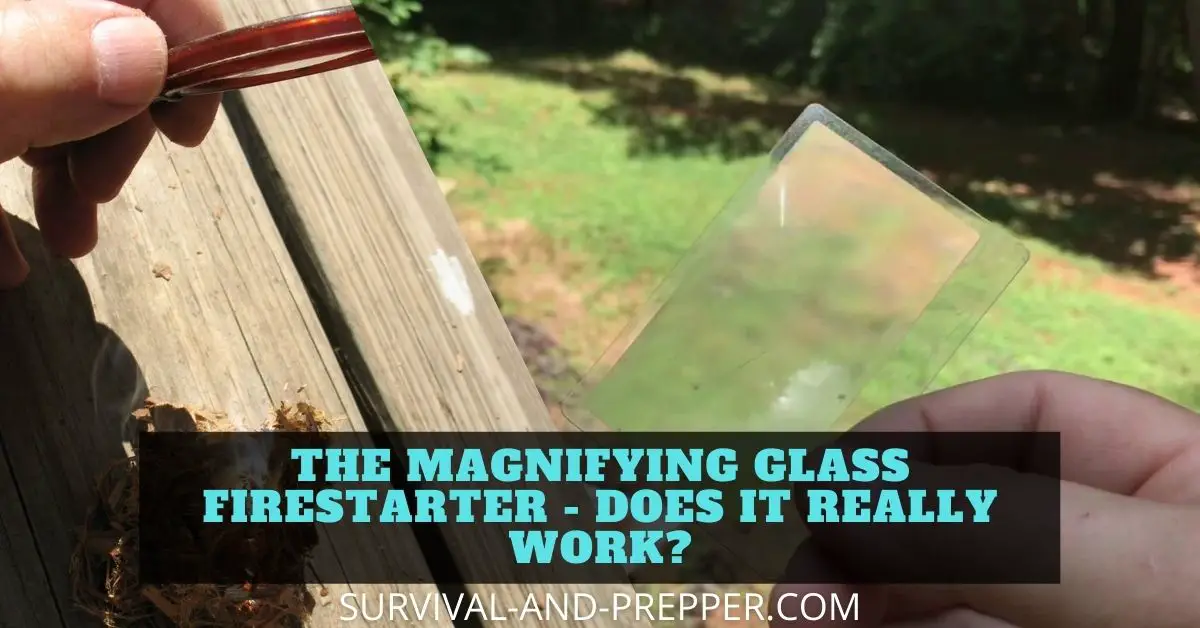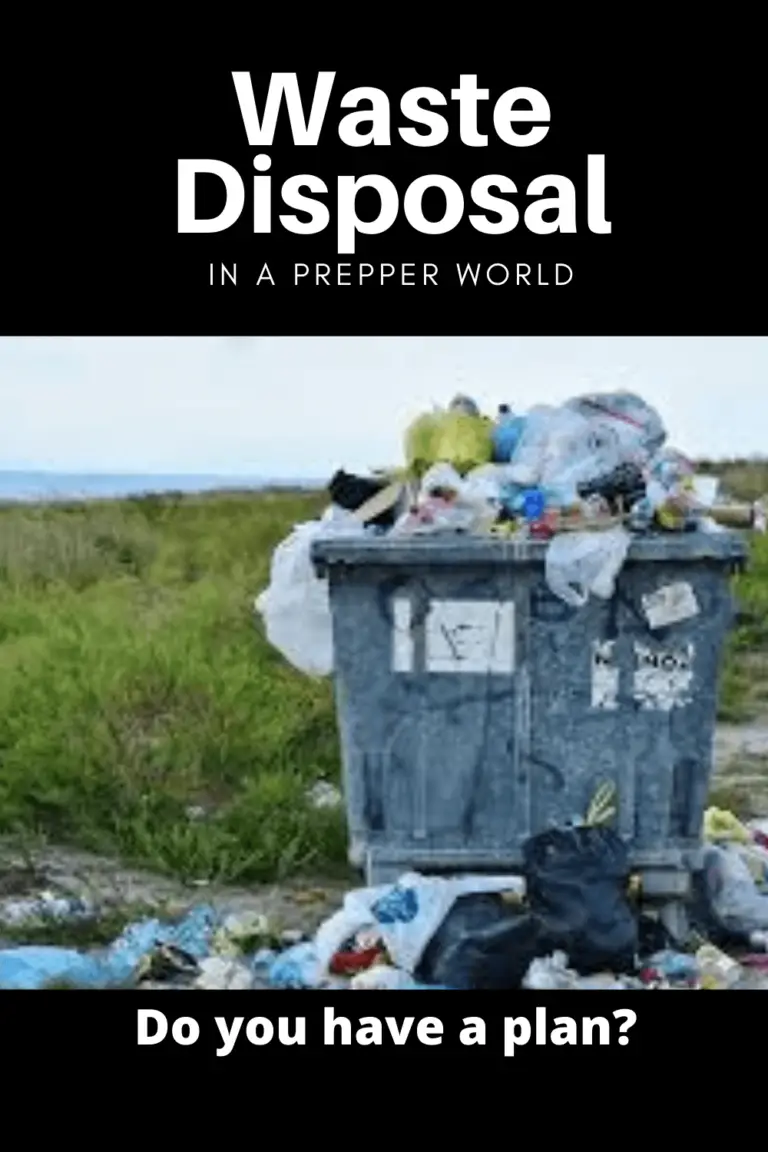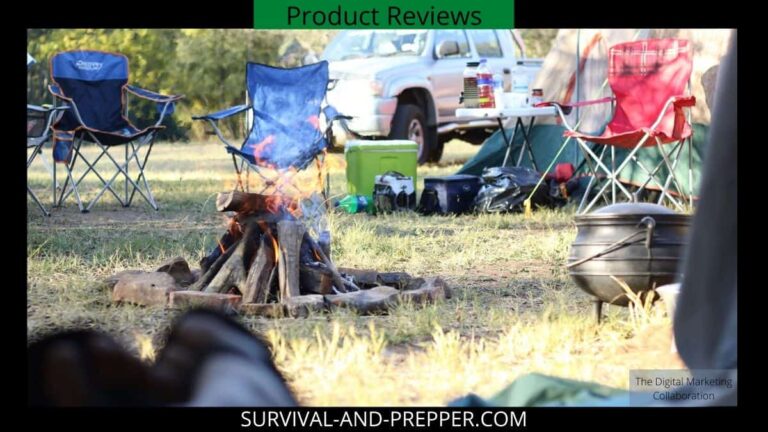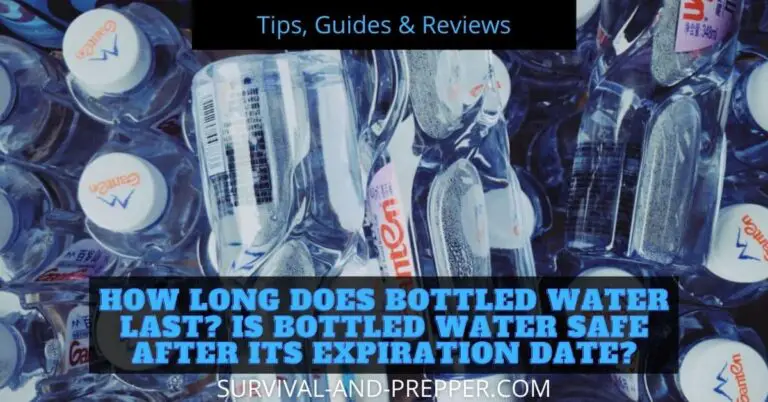The Magnifying Glass Firestarter – Does it Really Work?
Today my son came home all excited that he had found a new way to start a fire. I know, I know normally it’s frowned upon when kids are talking about starting fires. However, in this case we had recently been discussing various ways to start a fire without matches. The techniques we had discussed were things such as flint and steel, a bamboo fire saw and a bow drill. He was all excited because he had learned of a technique that we did not discuss, and that was the magnifying glass firestarter.
I got to thinking about it and realized that while not perfect in every instance a magnifying glass fire starter is not a terrible idea. I then began to consider some of the options and what I would want in a firestarter of this type.
What Characteristics are Ideal in a Magnifying Glass Firestarter?
As is the case with all survival gear weight, durability, cost and actual application matter. So considering these factors I wanted a glass that was lightweight, durable and fairly inexpensive. I also wanted to be sure it would work. So before I made any purchases I began to look up the different aspects of magnifying glasses and what might make the perfect magnifying glass firestarter.
I noticed that every source I checked indicated that for a magnifying glass firestarter to work the glass would need to be considered “fast”. What this means is that you take the focal point and divide that by the diameter of the glass. This number needs to be less than 1.8. The focal point can quickly be determined by moving the glass closer and further from the surface until you can see its focused circle at the smallest point.
Can I Use a Plastic Lens Magnifying Glass to Light a Fire?
Now knowing that a fast lens was needed I began to consider materials and durability. Glass of course tends to be brittle, though I did not think to look for a gorilla glass lens. I saw large numbers of plastic magnifying glasses and wondered if I could use a plastic lens magnifying glass to light a fire. It did not take long to come up with an answer.
Yes a plastic magnifying glass will work as a fire starter as long as it has appropriate dimensions and is able to clearly focus the light source. Plastic also has the advantage of being more durable in a survival environment.
What about scratches to the lens? I noticed that many of the “survival magnifying glass firestarters” came with a flip out case attached to them. These seem like a great idea as it will minimize scratches to the lens when it is stored in your bug out bag or emergency kit.
Another thing we discovered was a fresnel lens. These function similar to a magnifying glass in focusing light. However, it consists of several concentric rings that work together to focus the light in a much shorter focal point. This results in faster heating of the material. While not exactly a magnifying glass I am including it in my list of magnifying glass firestarters since it works very similarly.
The Application of a Magnifying Glass Firestarter
Once I had determined what I wanted in a lens I picked up a few budget ones from Amazon. Once they came in me and my son spent a few afternoons building random fires and trying different lays and tinders.
In my experience using a magnifying glass firestarter is much easier than trying to start a fire using a bow drill or even flint in some cases. I have broken it down into 5 steps.
Steps to start a fire with a magnifying glass fire starter.
- Select Tinder – pinestraw, leaves, moss, wood shavings
- Pick an area with plenty of sunlight
- Position your glass above the tinder and focus the beam
- Once you have smoke prepare to nurture the ember
- When the flame blooms add the extra tinder and some small twigs
At that point you should have the basics of a small fire going.
I also found several sources indicating that you could effectively start a fire in temperatures as cold as -15 fahrenheit using a magnifying glass fire starter. They just indicated it would take a bit more time for the material to heat up.
Tinder Bundles
Tinder bundles can be made from dry grass, pine straw, pine cones, cotton balls, crumpled leaves or even store bought fire starters. Just make sure they are as dry as possible and in a tight ball, many refer to this as a birds nest due to the shape.
I have included a video below this article to help you with your first attempt.
Magnesium Fire Starter With Striker By Coghlan’s By Coghlans
My Preferred Fire Lay for a Magnifier Fire
Based on the various fires we built as tests we decided that a modified leanto worked the best for us.
- Take a log the size of your arm and place it down as your base. (If it has a fork in it it works even better.)
- Take your tinder, dry leaves or pine straw worked for us, and crumble it up between your hands.
- Place that down next to your log and then put a few whole leaves on top of it.
- Layer small tigs half the thickness of a pencil over these to create the “lean to” off the larger log.
- Now create a small opening between these twigs so that you can focus the light onto the tinder below this.
- Depending on your angles it is possible to brace your glass some twigs and ensure it remains in the exact spot during the process.
- In nearly every instance we tested this way (4 tries) the fire ignited with no more prompting from us. Only one time that it did not and it was before we started crumbling the tinder.
Which Magnifying Glass Firestarters Did we Choose?
We ended up testing several different versions, however the three that I recommend the most are the Carson MagniFlip, the SE Folding Pocket 4x Magnifier and then this fresnel style optic fire starter. Now I have to say take this with a grain of salt, none of my testing was done in low light or cold weather. I live in middle Georgia and temperatures were in the mid 80s during each of these. I am fairly sure though based on my research that they would work in other conditions as well. On to the top three.
The Carson Magniflip
The Carson Magniflip contains a 1.6 inch diameter magnifying glass in a sturdy case. Its compact size makes it ideal for tossing into a bug out bag, camping kit or even as part of a survival kit. The lens is plastic but even after intentionally putting several scratches in the lens it continued to work as intended. You can check out more details and reviews on Amazon.
The SE Folding Pocket 4x Magnifier
The SE Folding Pocket 4x Magnifier is a glass lens and comes with a case. I wish the case was slightly more sturdy but it does serve its purpose of protecting the lens. This lens has a diameter of 2 inches making it slightly larger and due to the glass lens heavier than the Carson. However the 4x magnification seemed to make it start the fires just slightly faster.
Fresnel Lens
The only Fresnel lens that I obtained during this was this one made by Lifesport Gear. I was impressed with how fast it started fires. The one thing that does concern me is how thin the lens seems to be. While I don’t think it will break I worry that it could somehow get ripped. Though it does feel to be pretty tough. The other complaint that I had is they come in a 6 pack and since I was just testing them one would have been sufficient. However, based on its performance I plan to put them in several of my kits and give two to my son for his camping set up as well.
While I was surfing the net looking at reviews for the Fresnel lens I did find this OFFER. It is for a free fresnel lens and you just pay the shipping. I checked this out and the shipping is only $2.95 making it a steal if it works as well as the ones I picked up from Amazon. Again here is the LINK if you want to check it out. They also include a video of how to use it.
Grab a Glass and Give it a Try
Now that we have covered the basics, why don’t you pick up a magnifying glass and give it a try yourself. I have included a couple of videos for you. Hopefully they help get a better feel of how to properly position your magnifying glass firestarter.
Check out How to Start a Campfire Without Matches or a Lighter by Boys Life for additional tips on starting a fire.
You can also check out our article on How to Cook on a Campfire where we not only tell you how to build a fire but some simple tips to cook on it afterwards.
While You Are Here Sign Up For Our Newsletter
In our news letter you will receive advance notice of new articles, as well as exclusive discounts to our various affiliate partners. You can see a partial list of our partners here.






